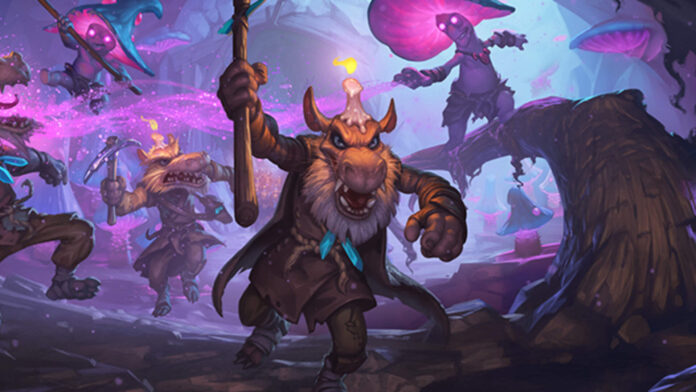Whether you’re a veteran of the game or you’re just starting out, the key to winning at Go is having a solid strategy and knowing what moves to make. If you’re new to the game, there’s a lot to learn, so be sure to read up on the basics. Then, be ready to delve into the details and master the game.
Area scoring vs territory scoring
Depending on which version of the game you are playing, there are two main methods of scoring. These are area scoring and territory scoring. For beginners, area scoring is the better way to play. It counts each stone on the board as a point. The same goes for capturing captured stones, but there is no penalty for a double plus kill.
The Chinese rules are similar to the area scoring rule. However, there are some minor differences between these two rules. For example, seki spaces do not count for either player in the Chinese rules. And if a group of dead stones is removed from the board, it counts as a prisoner.
The area scoring rule is the same as the Chinese one, but it is used in some Western countries. The most notable advantage of area scoring is that it allows the player to fill empty territory. This is important in a game like Go, where the players do not box in large areas.
Capturing races
Counting liberties is an important aspect of all Go game address (바둑이게임주소). Whether it is a game-winning move or a defensive move, liberties can be used for many different purposes. They are often used in huge game-deciding battles, but they can also be used for small scale questions about the cut effectiveness. This book covers the basic principles of liberties, presenting many problems to practice with. The book also includes general principles of the game as well as several games with detailed comments.
Capturing races are extremely important in Go. They involve two groups, which are adjacent to each other, competing to capture each other’s group. When one of the groups is captured, the other group is left alone. The most common outcome of a capturing race is that one group is captured. This may not be due to the fact that the player was first to make a move.
When a group of stones of one color is said to be alive by seki, it means that they cannot be captured by the other group. This is because each group has only one eye.
Element of life or death
Having an element of life or death in Go is not exactly a secret. In fact, the most basic strategy entails simply assuming that all the cells in the field are dead. This simplistic approach can lead to inaccurate results when the active area crosses a boundary. This is where a more sophisticated strategy comes into play. It involves stitching the field edges together to create a toroidal array, which in turn produces active areas reappearing at the opposite edge.
The Japanese rules of Go address the definition of the element of life or death in a way that is both subtle and enlightening. Rather than require players to play on to confirm the state of their opponents’ group, they allow the player to simply capture in a ko once and then re-capture in the same ko later on. This method also reduces the player’s score. However, it is a far cry from a formalization of the concept.
Strategy
Despite its simple rules, Go is an intriguing game with a complex and practical strategy. The goal is to surround more territory than your opponent.
The board is a 19×19 rectilinear grid. Players alternate placing stones at vacant intersections. The number of empty points enclosed by the stones is the score. The player with the most stones on the board wins.
One of the most important concepts in tactics is the classification of the stones. These are divided into alive and dead groups. When a group has two eyes, it cannot be killed by your opponent in one play.
If a stone is in the atari state, it can be saved by placing a stone next to it. During the middle game, a lot of attacking is done to weak groups. In the endgame, players try to play all available sente moves.
The game can be played on a variety of boards. The traditional 19×19 grid is the most common for tournament play. However, a 9×9 or 13×13 board is ideal for beginners or intermediate players.
















